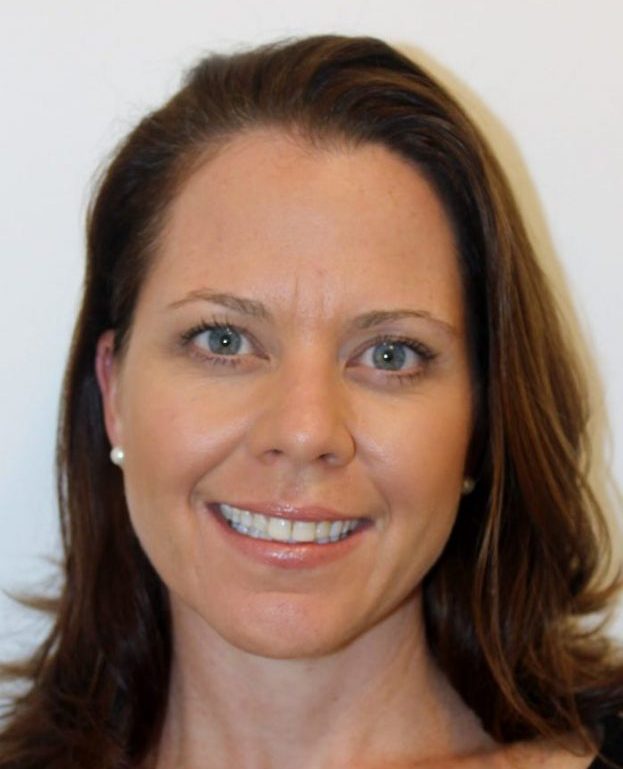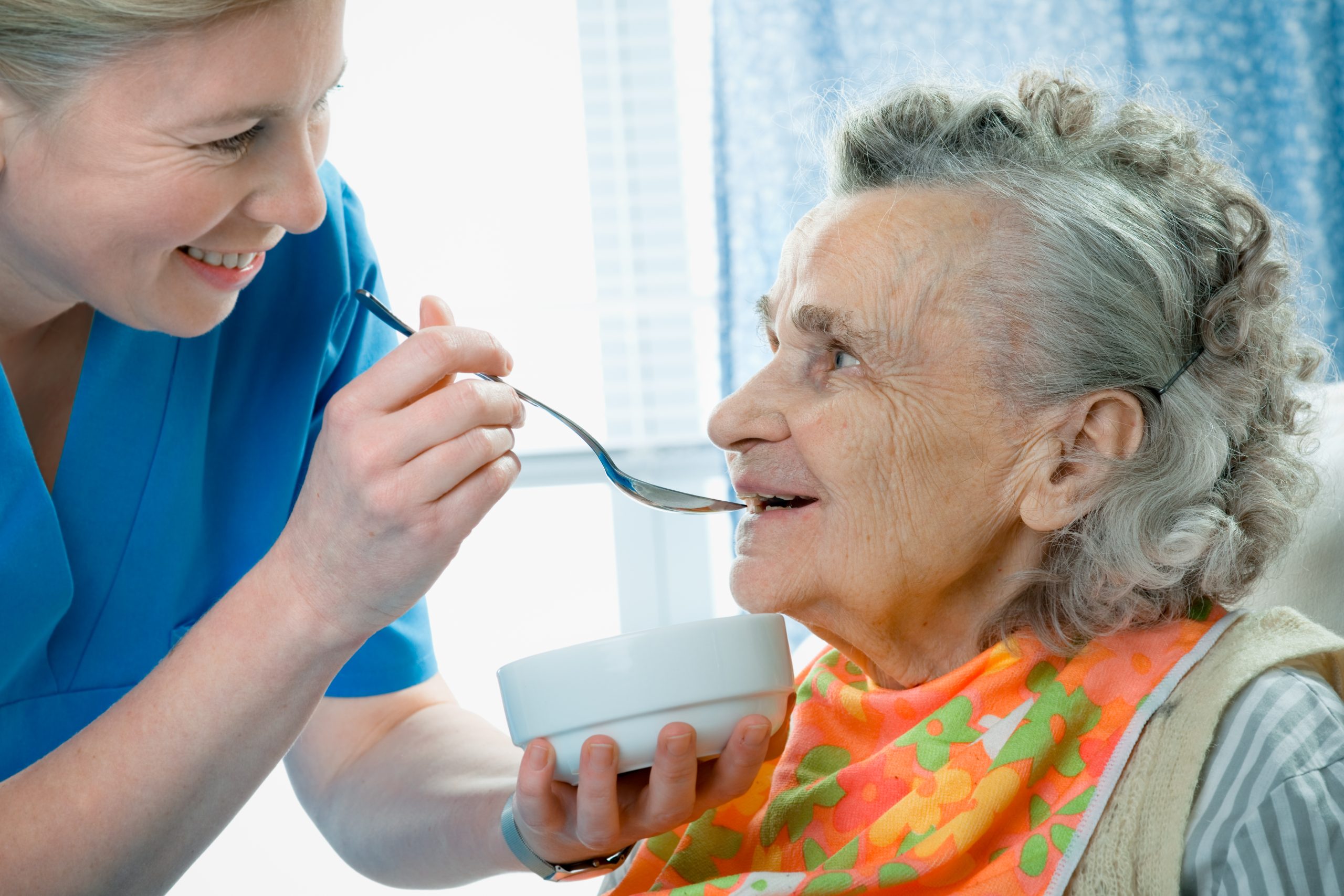Interview Series: Collaborative practice in the Illawarra
Working in private practice, especially out in the community, runs the risk of being isolating. I don’t have an office to share with other health professionals. So I miss those important “corridor conversations”.
Thankfully, working in isolation is not my thing!! It is no fun for me, and not the best for my clients. I have taken time to build a network of clinicians in my area. These are people I can refer my clients to, and people who refer to me.
We work together to provide collaborative practice. This means we know our individual roles, we know the roles of others, and we put our clients in the centre of all that we do. If everyone knows their part to play, our clients will get the best outcome possible. That’s what “interprofessional collaboration” is all about. (Or you might hear it called “person-centred practice”, or “multidisciplinary practice”, or something similar — they are all variations of the same theme).
I decided to interview some of these local clinicians, to get to know them better. I think that these interviews will showcase what clever and caring health care professionals I have the privilege of working alongside.
Meet Niki McDonagh, of Southern OT
1. What is your profession?
Occupational Therapy
2. Who do you help?
Clients with neurological impairments (Stroke, MS, TBI, Guillian Barre, Dementia, Parkinsons Disease, Huntington’s Disease)
3. Where are you located?
Sutherland Shire – Southern OT Clinic is located at 3/167 Port Hacking Road Miranda
4. Why did you become an OT?
When I was growing up, I watched my cousin who was diagnosed with cerebral palsy grow into a well-rounded and highly achieved young man. His parents adopted a ‘build independence’ motto and I saw my cousin move from wheeling himself around his local school to advance on to studying architecture and attend the Paralympics on multiple occasions. I feel that this helped me acquire the knowledge to understand that by setting achievable goals, providing assistive equipment, grading activities to gain success, build skill, and finding the right person/environment fit, can have a huge impact on what the person achieves and who they become in life. When I researched the different professions I was interested in, I found out that my goals could be achieved by becoming an Occupational Therapist.
5. Tell me one thing that has you excited about your work right now.
I absolutely love identifying what someone can do rather than reinforce what they already know that they cannot do. A lot of people, particularly in the field of dementia think that life is over when they have been diagnosed with the disease. They attend multiple sessions with doctors and neuropsychologists to be told how fast or slow the disease is progressing however never told what they can still do and what they are good at. It always brings such joy to me to identify that the person may have 1/5 of their cognitive capacity that is affected however the rest of their capacity is still there and functioning extremely well. We work on the areas that they have trouble in and utilise the areas that they still have intact to increase the persons day to day functioning and overall wellbeing.
6. What’s your take on interprofessional collaboration. What does it mean for the clients we support?
Interprofessional collaboration is always important. For all of my clients I am involved in interprofessional collaboration because no individual’s needs are best met by only one healthcare professional. By collaborating, we understand the client as a whole in a way that cannot be achieved in isolation. Examples of experiences where I have worked in collaboration with a Speech Pathologist is when someone is young and attending school I can identify environmental methods of how to best position the client for them to utilise their breath for spoken language or organise the environment in order for the client to read from the smart board, comprehend the information and then be able to feedback to the class answers to questions posed about the topic read from the board. Other examples include working with Speech Pathologists to achieve an ideal position for the client to sit in (wheelchair or chair) for eating to ensure that they can swallow without risk of aspiration or position to enable independence with feeding and safe swallowing.
Take-home message
I’d like to thank Niki McDonagh for chatting with me. Niki is a delight to work with – she has a knack for finding creative and personalised solutions for our clients. I’m sure you get a sense of this from her responses in the interview?
Take-home message #1: Speechies and OT’s will focus on your abilities.
Take-home message #2: OT’s can help you to achieve your speech pathology goals. (And vice-versa)
Are you currently seeing an Occupational Therapist, as well as a Speech Pathologist? How are they working together to help you? How are they collaborating with you?
You can find out more about Niki’s clinic, by clicking here: Southern OT




